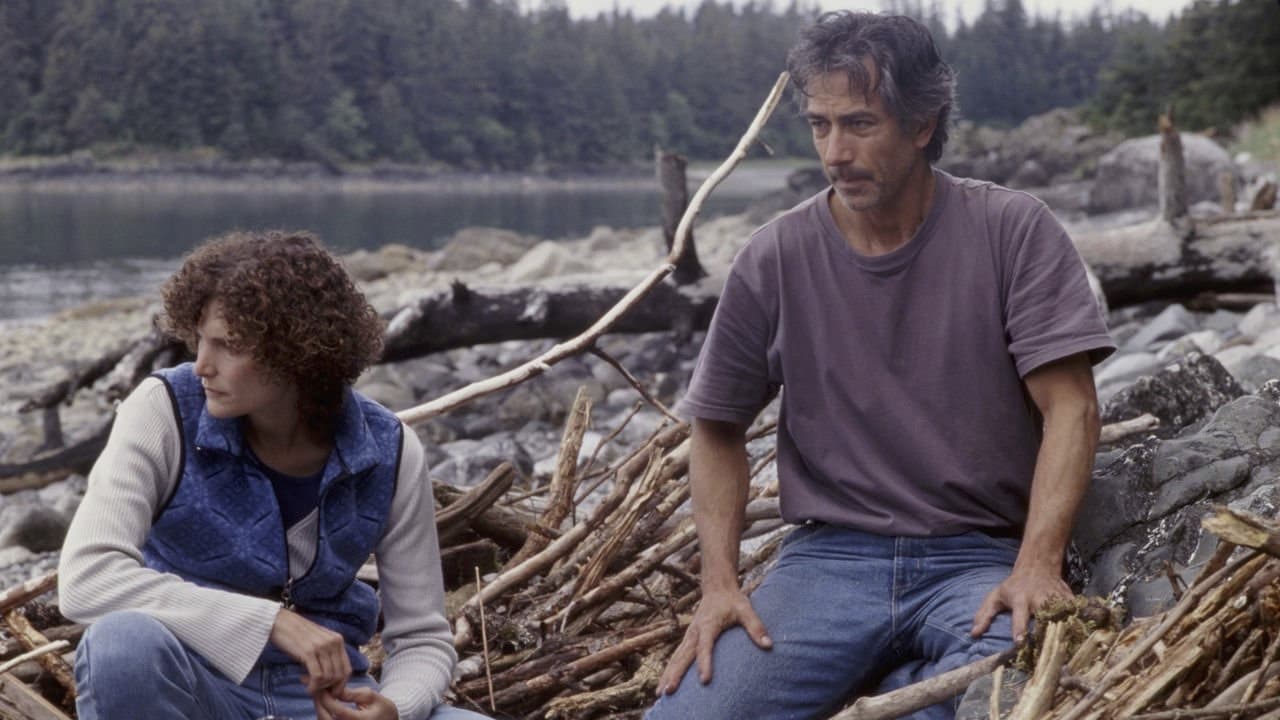

I do get so weary of watching typical Hollywood films made for 14 year old kids, and so a film like this is sweet relief from that. Nothing about character or plot is simple, here. The ending is ambiguous, but then, so is real life, and somehow we manage to cope with that.Like others here, I must recommend the DVD commentary. I felt as if I were spending a weekend at a top film school, listening to Sayles discuss the various techniques, lighting, lenses, and so forth, that we laypeople seldom think about.As much as I like his movies, his short stories are even better. If you haven't treated yourself to reading them, please do.
... View MoreGod love and protect John Sayles. Not because he hits every ball out of the park, because he clearly doesn't; but because he never lets his few strikeouts compel him to try to hit a five-run homer the next time out. In an era marked by increasingly degraded and degrading notions of "entertainment" and "storytelling" - for pity's sake, as I write this, grown adults are waxing rhapsodic over a movie about a costumed billionaire-vigilante (!!) - Sayles understands that great drama is about the people we meet every day; the places we live in and how they shape us; the things that change, and the things that remain; and above all, about the human heart in conflict with itself. In LIMBO, he takes risks with his zig-zagging narrative most filmmakers simply aren't capable of, and reaps rewards of such profundity, and richness of feeling, that most audiences are too conditioned by junk-culture to recognize, let alone appreciate them. Some viewers have felt betrayed by LIMBO's seismic shifts in tone and direction, and the elliptical ending, but even that sense of betrayal speaks to how utterly absorbing and moving his handling of his Alaska-set story is, and how unblinking his observations of his characters. (You can only feel "betrayed" if you're deeply invested in the story that's been presented, after all.) Sayles' screenplay, like his direction, is so completely free of artifice as to seem transparent - his "heroes" and "villains" are separated only by their degrees of vulnerability and weakness under pressure - and his small cast of actors are working at the height of their gifts. David Straithairn, always underrated, has never been better, and young Vanessa Martinez is a quiet revelation. You won't forget these characters, or this movie, regardless of how the ending affects you. And though you hate to jinx his thus-far phenomenal career with red-carpet hullabaloo, maybe it's time to make it official and coronate John Sayles as the greatest moviemaker of our time. He may not need or want the crown, but Hollywood certainly needs to made to cry uncle and acknowledge it.
... View MoreThis was a perfectly fine little human drama-John Sayles has a great insight into the human heart.Major problem for me was how uniquely terrible Mary Elizabeth Mastrantonio's singing voice is-I spent half the film cringing at flat,reedy notes that put me in mind of Jennifer Warnes with ZERO talent.I realize that Sayles wanted to keep it naturalistic and real,having her be just an OK singer,but her voice could peel paint!Anyhow,not a bad film overall.Oh,right...I have to write 10 lines,minimum...isn't that a lame-ass condition of this comments page?...I'm sure you'd agree..is it ten lines yyyyeettt???BTW,Mary Elizabeth is still the stunning Italian power-vixen she's always been.Is that ten fricking lines yet?
... View MoreI'd suggest that viewers watch 'Limbo' on DVD with the voice-over narrative by John Sayles, the director. A lot of insights provided there, including a lot of little details which give you insight into movie-making--the reason for multiple takes, visual effects, the importance of 'continuity', and even a lot about sound, which was a big issue in the making of this film.I was amazed to learn that Mary Elizabeth Mastrantonio is such a terrific singer--she sang all the songs and, in fact, her voice was recorded live while shooting the scenes, not dubbed in later in post-production. Sayles describes this in his narrative.Sayles had less to say in the narrative about the ending, but based on the comments he DID make it was all quite intentional--not the result of studio politics or a screenwriter (Sayles himself) who couldn't decide on a final ending. In fact, I would suggest that it is Sayles' standing in the business that permitted this film to be produced & released without answering the question of what becomes of those characters, though it also occurs to me that it could be the reason why this film didn't get much of a marketing push. Clearly the audience is left hanging in--dare I say it--a state of limbo. Sayles has no intention, based on his comments, of a sequel, though he invites anyone else to dream one up if they wish.But aside from all this, it was a terrific film, with interesting characters, shot in unusual and often stunning locations ("Insomnia" comes to mind when thinking of recent films shot in Alaska with its scenic backdrops).The cast was generally quite good--Mastrantonio and Strathairn were terrific, and Kris Kristofferson was a great choice as the likable but edgy local, Smilin' Jack Johannson. Vanessa Martinez was, for me, less convincing as the daughter until the boat trip and beyond, but that is when her character becomes truly important to the story and her work was quite good when it mattered most; up to then it was all teenage angst.Overall, I enjoyed 'Limbo' a great deal, and the limbo in which the audience is left with such abruptness was, for me, almost a slap in the face--a welcome one--in striking contrast to the 'Star Wars' series in which George Lucas took 6 movies and nearly 30 years to tell us how Darth Vader came to be.Note: I am NOT slamming Lucas or 'Star Wars' by that comment, only making a point.
... View More